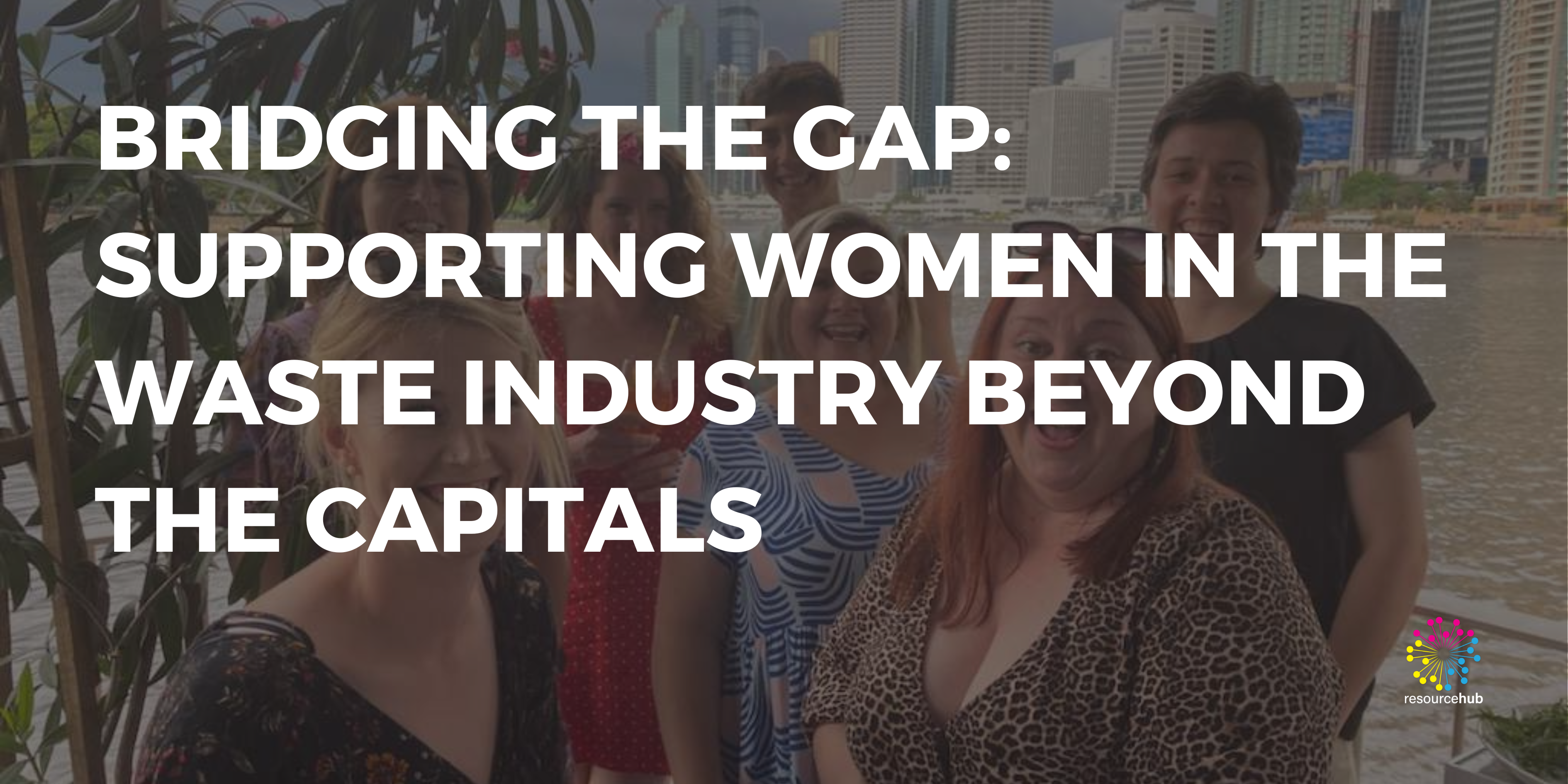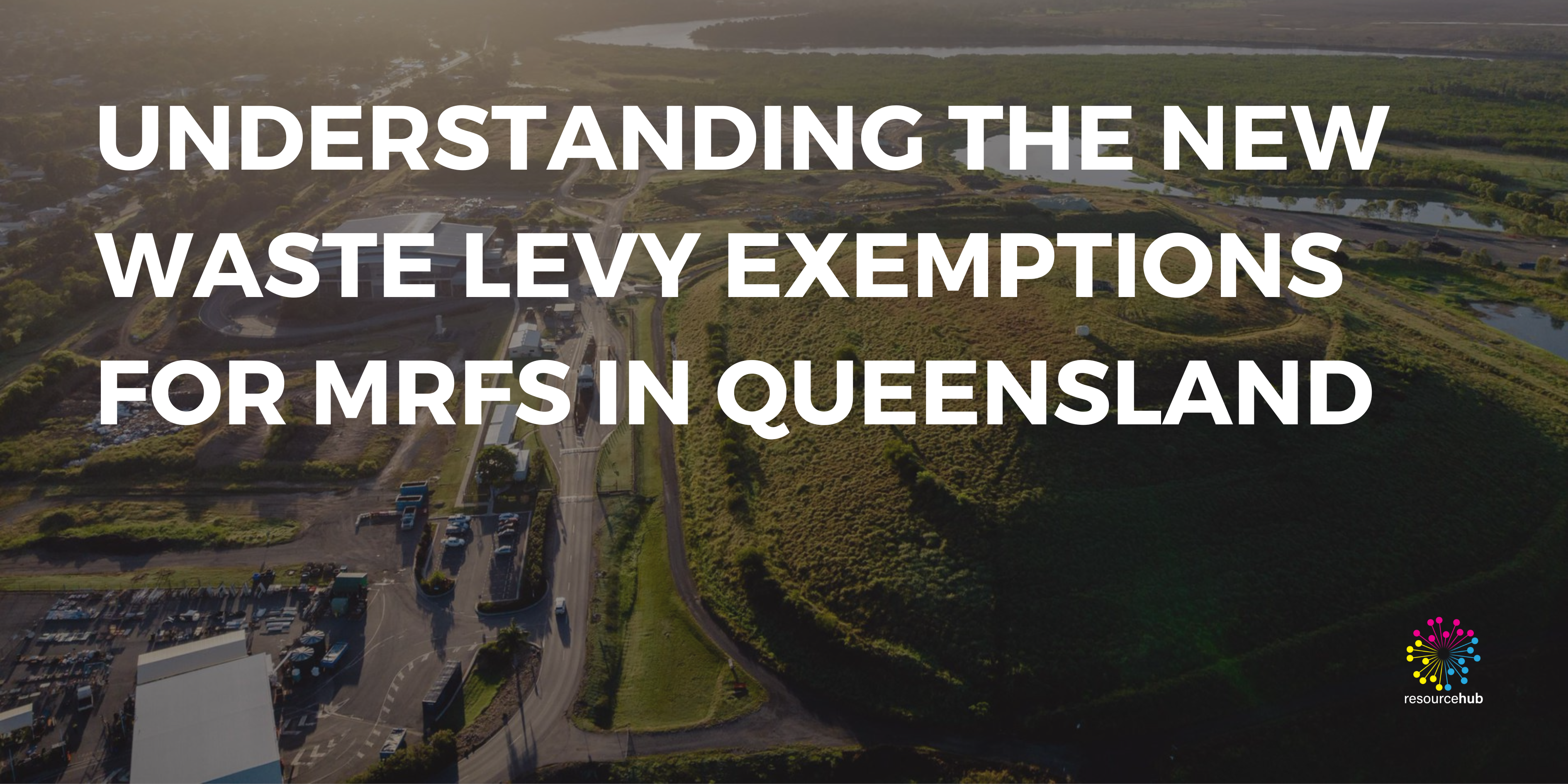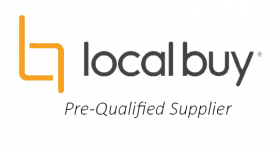September and October are always full of Audit fun in the Resource Hub offices, with a combination of process audits, waste levy audits and data audits being actioned by the team. Our latest project is a large scale process review covering multiple waste management facilities for a single operator and most importantly – multiple teams across the organisation. As expected, the most common areas of risk relate to a lack of oversight in key process areas or a lack of understanding of who needs to manage which risks.
We thought we’d help facilities by providing our guidance of key risks for 3 critical roles and ways to mitigate them.

#1 Gatehouse Operators. A weighbridge/gatehouse operator wears many hats and there can be an expectation that because these key team members enter our transactional data, they will of course also maintain the data sets. However, the maintenance of data sets in the gatehouse is a function that unless an organisation is very small, will benefit from a set of eyes that are separate from the day to day transaction capture – but that still understand it. Nominate a Data Administrator and empower them to be your keeper of transactional data sets.
#2 Facility Operators. Staff on the ground at the back of a facility often have little involvement in the audits that we at Resource Hub complete – front end and back office processes. However, failure in communicating changes once a vehicle has passed the weighbridge can cause significant issues for waste levy or operational reporting. Empower your front end and back of site staff to communicate – through calls, liaison with team leaders or even in regular toolboxes (don’t be afraid to bring the weighbridge staff into an all staff toolbox! It’s a great conduit to the team at the tipface). Communication between the front and back of sites is critical for accurate representation of what happens at a facility. There should be no “us and them”, but rather a whole team approach for best practice.
#3 Finance or Business Partner. Time and time again we find teams in a corporate office who generate reporting outputs expecting them to be “right”, but with limited context of the facility and what “right” is for each site – especially in regard to waste levy reporting. Always ensure that waste levy submissions are collated with context of the original transactions included. That is; the clients, the product names and what goes on with waste movements. And if that means the Finance or Business Partner needs to visit the site more, plan a monthly meeting and quick site drive where possible.
And of course – any audit wouldn’t be complete without assessing involvement of the enviro staff, the sales team, the managers and more! But we’ll leave them for another day.
If understanding the complexity of your process risk is something you’d like to discuss, don’t hesitate to get in touch.



